LG WF-T1477TP Bruksanvisning
LG
tvättmaskin
WF-T1477TP
Läs gratis den bruksanvisning för LG WF-T1477TP (75 sidor) i kategorin tvättmaskin. Guiden har ansetts hjälpsam av 10 personer och har ett genomsnittsbetyg på 5.0 stjärnor baserat på 5.5 recensioner. Har du en fråga om LG WF-T1477TP eller vill du ställa frågor till andra användare av produkten? Ställ en fråga
Sida 1/75

Washing Machine
OWNER'S MANUAL
Please read this manual carefully before operating your set.
Retain it for future reference.
Record model name and serial number of the set.
Quote this information to your dealer when you require service.
MODEL : WF-T1477TP
P/No.:MFL30138447
Produktspecifikationer
| Varumärke: | LG |
| Kategori: | tvättmaskin |
| Modell: | WF-T1477TP |
Behöver du hjälp?
Om du behöver hjälp med LG WF-T1477TP ställ en fråga nedan och andra användare kommer att svara dig
tvättmaskin LG Manualer
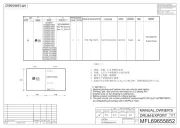
11 Oktober 2025

11 Oktober 2025
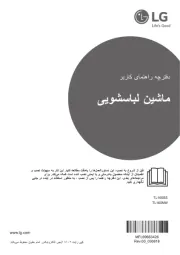
9 Oktober 2025
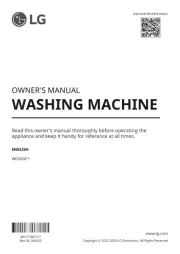
8 Oktober 2025
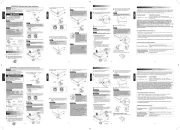
7 Oktober 2025
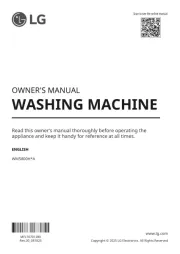
16 September 2025
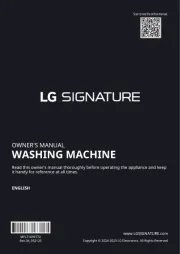
16 September 2025
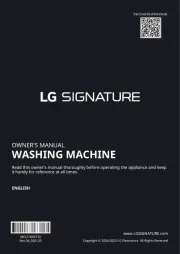
16 September 2025
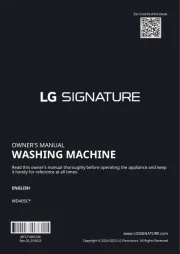
5 September 2025
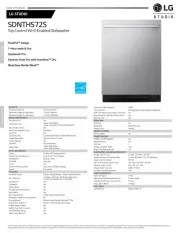
31 Augusti 2025
tvättmaskin Manualer
- Infiniton
- Whirlpool
- Cambro
- Becken
- AYA
- Sharp
- Cylinda
- Camry
- Sangiorgio
- Kelvinator
- FAURE
- Quigg
- InAlto
- Thomson
- New Pol
Nyaste tvättmaskin Manualer
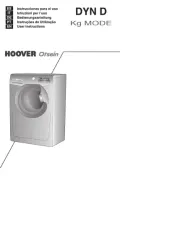
23 Oktober 2025
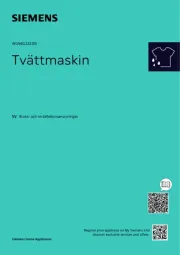
23 Oktober 2025
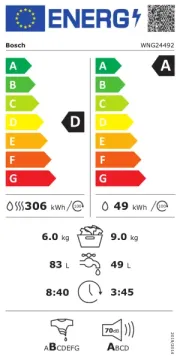
21 Oktober 2025
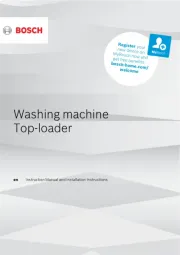
21 Oktober 2025

20 Oktober 2025
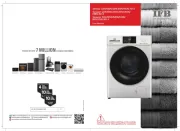
20 Oktober 2025
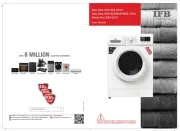
20 Oktober 2025
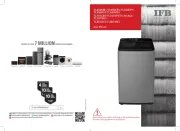
20 Oktober 2025
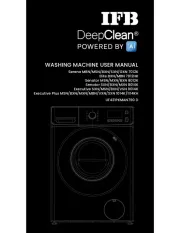
20 Oktober 2025
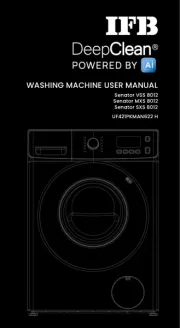
20 Oktober 2025